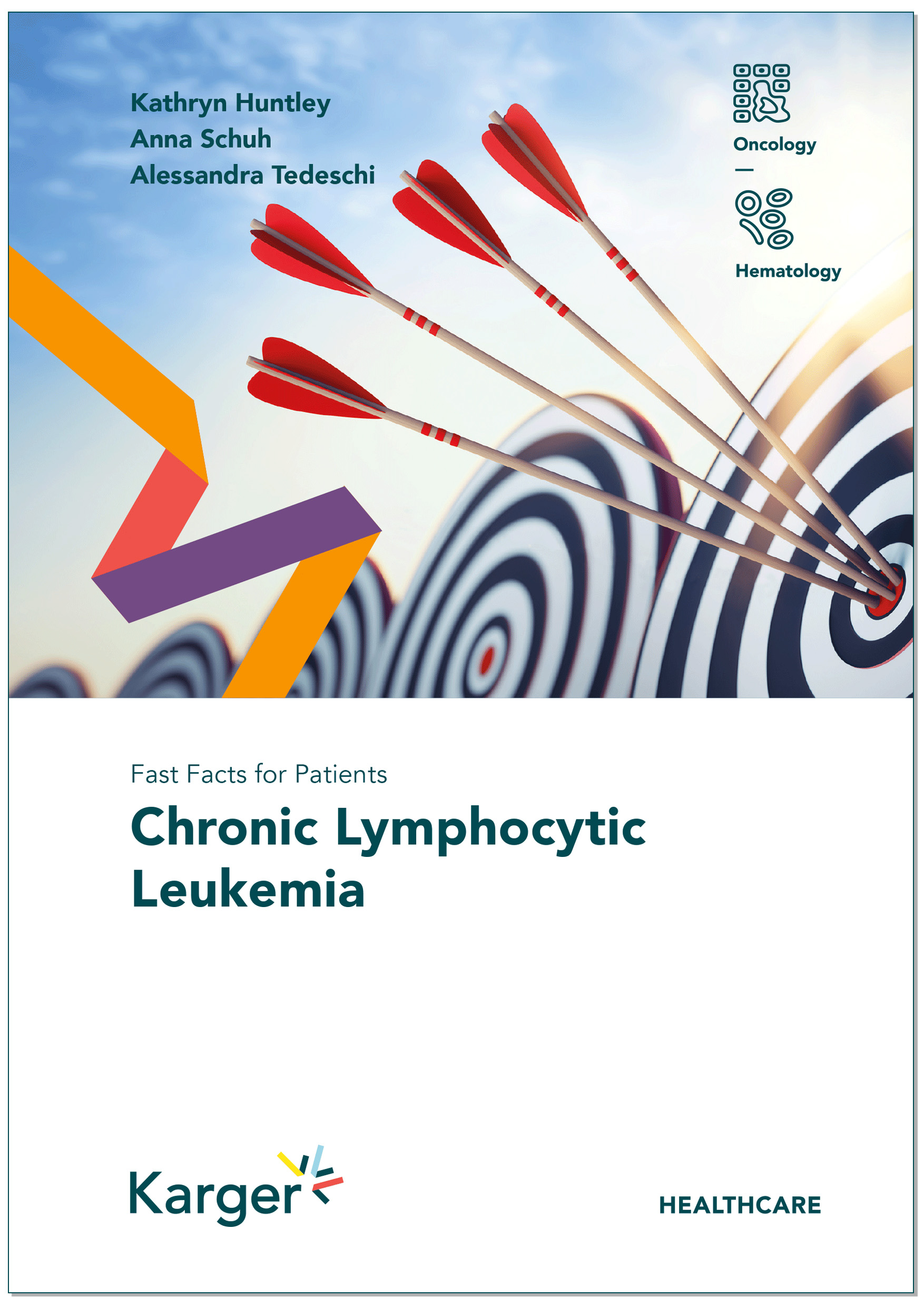Chronic lymphocytic leukemia (CLL) is a type of cancer of the blood and bone marrow. It is the most common leukemia in adults.
“CLL – the good cancer” – a message given by many doctors when they tell patients they have Chronic lymphocytic leukemia. CLL is not “the good cancer”. No cancer is a good cancer and it’s quite a shock to patients to be diagnosed with cancer when more than 60% have no symptoms at diagnosis. Men over fifty are diagnosed twice as often as women. Some doctors call it ”the old man´s disease”.
However, any adult can be diagnosed with CLL at any age. Although CLL is the most common leukemia, it is considered a rare disease with only 4 or 5 people diagnosed out of 100,000. CLL cannot normally be cured, but treatment can help control the condition. Some people with CLL can live for years without treatment, but over time, the majority may need to be treated. CLL develops slowly and tends to get worse slowly, over time.
 HERE you can access the “Fast Facts for Patients – Chronic Lymphocytic Leukemia” booklet published just recently (August 2023). This booklet is meant to empower individuals with CLL with comprehensive knowledge about their condition and treatment options.
HERE you can access the “Fast Facts for Patients – Chronic Lymphocytic Leukemia” booklet published just recently (August 2023). This booklet is meant to empower individuals with CLL with comprehensive knowledge about their condition and treatment options.
HERE you can access the patient summary sheet.
And HERE you can order your hardcopy booklet if you wish to have a printed copy.
Causes of CLL
No one knows what causes CLL although exposure to Agent Orange and radiation have been linked to CLL. CLL is a diverse/heterogenic disease with individual outcomes affected by age, gender, genetics, ethnicity, comorbidities, treatment and complications. It’s not like COVID-19 – you can’t catch CLL from someone.
Symptoms and Diagnosis of CLL
People can’t feel that their bone marrow is making too many white blood cells and that these cells called B-lymphocytes are crowding out normal blood cells. Diagnosis is made through a blood sample and it is often found during routine blood work. CLL usually develops slowly and the majority of patients have a period of Watch and Wait or Active Surveillance before treatment is needed. About 30% of people diagnosed with CLL will never need treatment and continue Active Surveillance. 60% will need treatment at some point.
The following symptoms may be experienced at diagnosis and as the disease develops:
- Fatigue
- Swollen lymph nodes in the neck, underarm, stomach or groin
- More frequent infections, night sweats, fevers
- Bruising
- Unexplained weight loss
- Pain or fullness below the ribs due to a swollen spleen
Treatment
New treatments have improved the prognosis for patients with CLL. But equitable access to these new treatments is needed in all countries to improve outcomes for all CLL patients. The landscape for CLL treatments is quickly changing thanks to many successful clinical trials. For some patients, the best treatment choice may be participation in a clinical trial. There is research that shows that patients looked after by a team who specializes in CLL do better. The choice of treatment for CLL depends on age, general health, test results and what is approved in their country for treatment. Treatment should only be started when the patient will benefit from it.
Prognosis for CLL
Generally, CLL progresses slowly, survival can extend for decades even though treatments are not usually curative.
CLL is a cancer of the white blood cells that protect against infection. People living with CLL have to employ strategies to help protect themselves against opportune infection because they may be more prone to infection and extreme side effects because of a weakened immune system. People with CLL do not fight off infection easily and may not mount a good response to vaccination themselves, so rely on those around them to protect them. The COVID-19 pandemic helped others to understand the importance of hand washing and distancing to reduce infection, something CLL patients have always practised. Wearing a facemask is now considered a matter of personal responsibility and our community needs your help more than ever. Thank you for protecting our community by wearing a mask.
This information is not intended to be a substitute for professional medical advice, diagnosis, or treatment. Always seek the advice of your physician or other qualified health provider with any questions you may have regarding a medical condition.
For more information, see www.clladvocates.net/cllresources/

